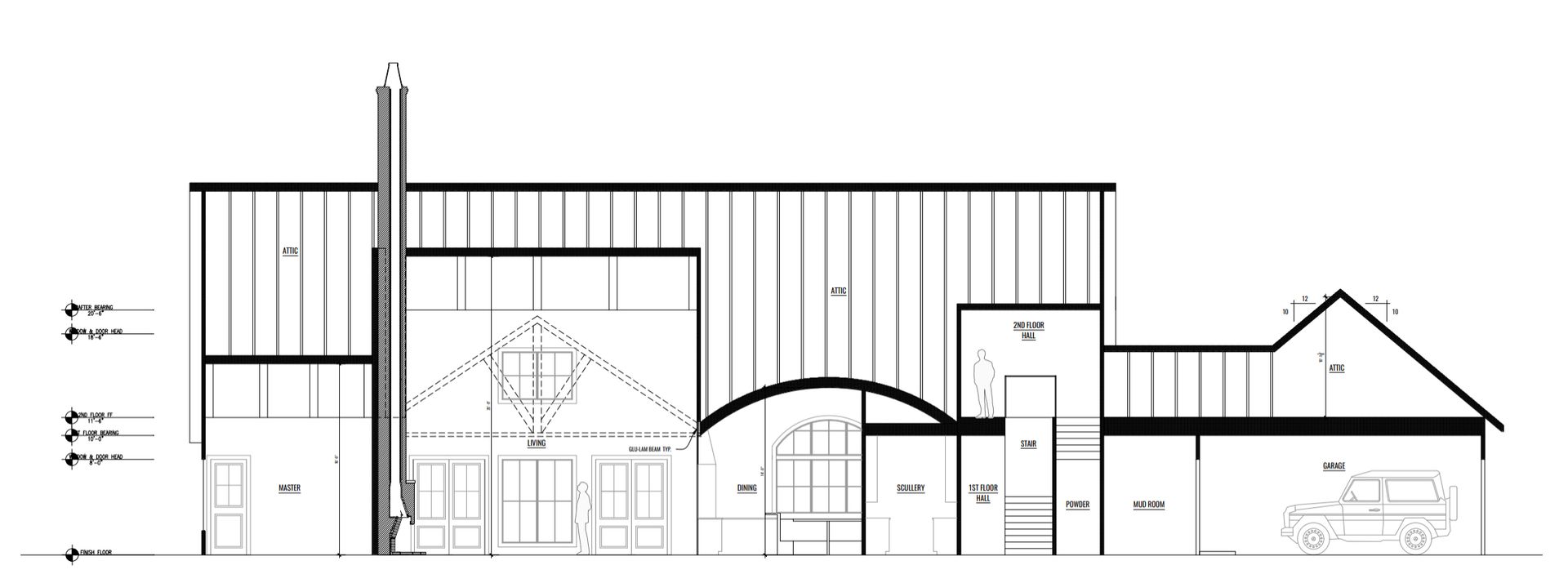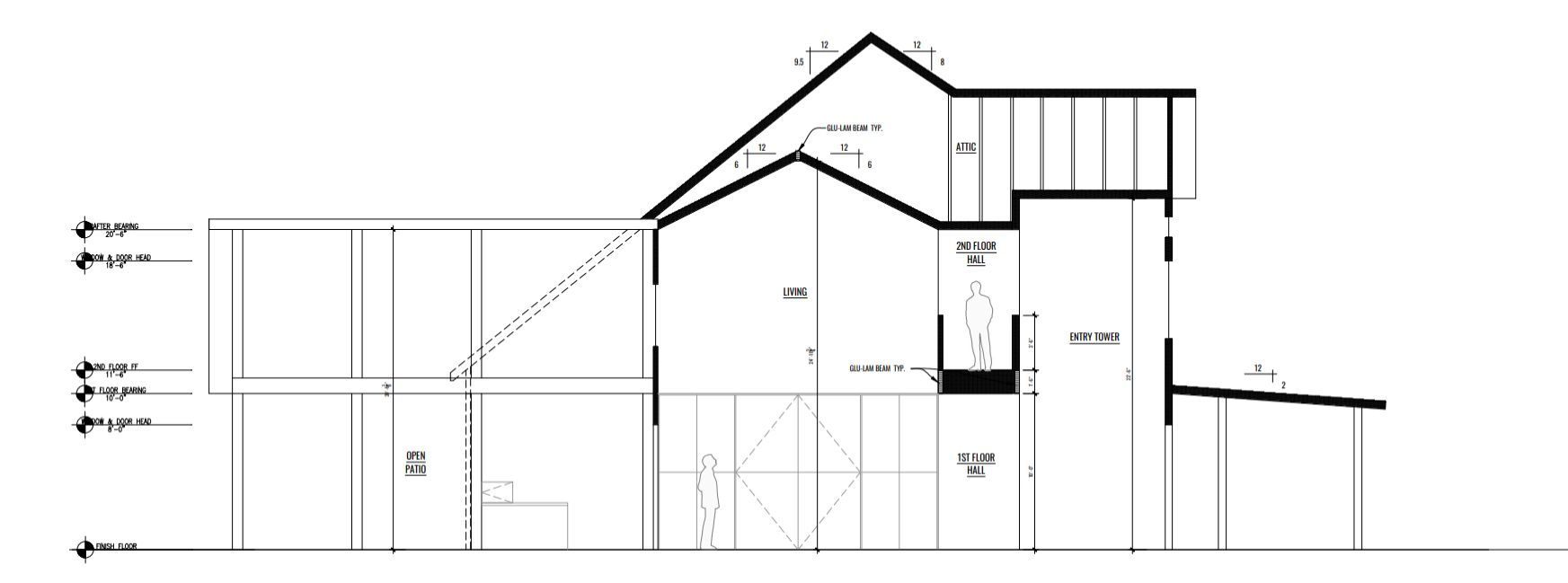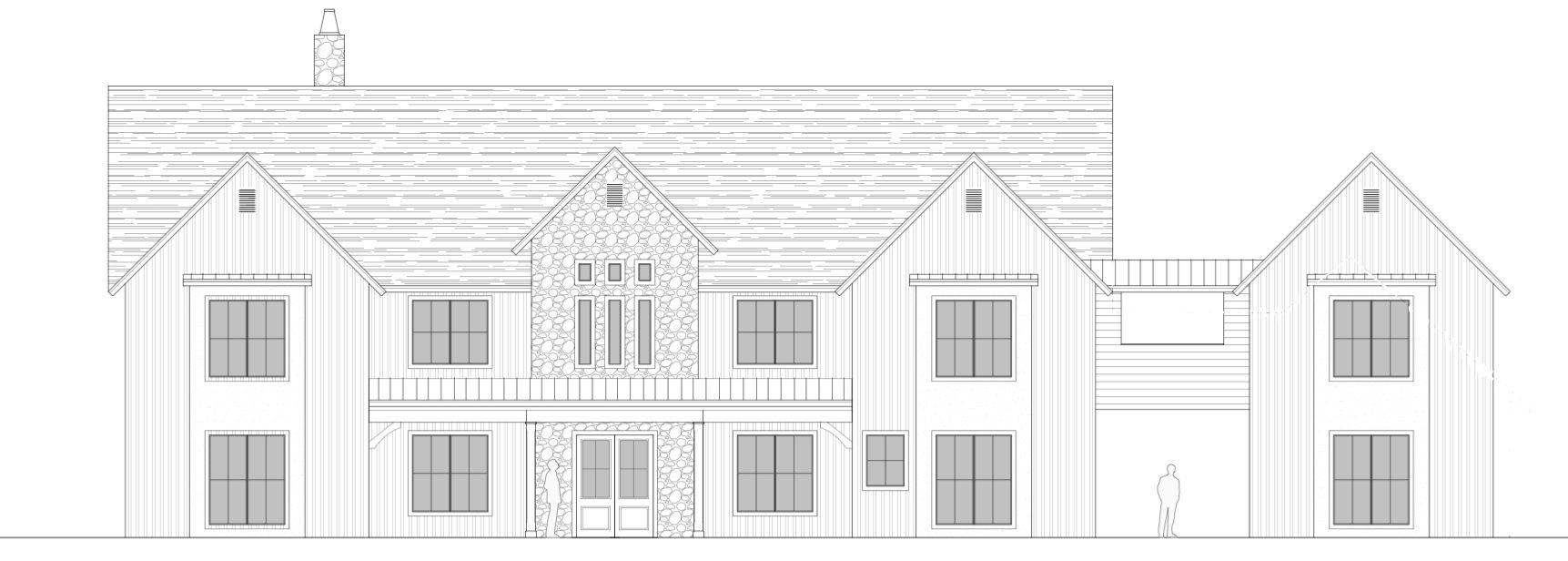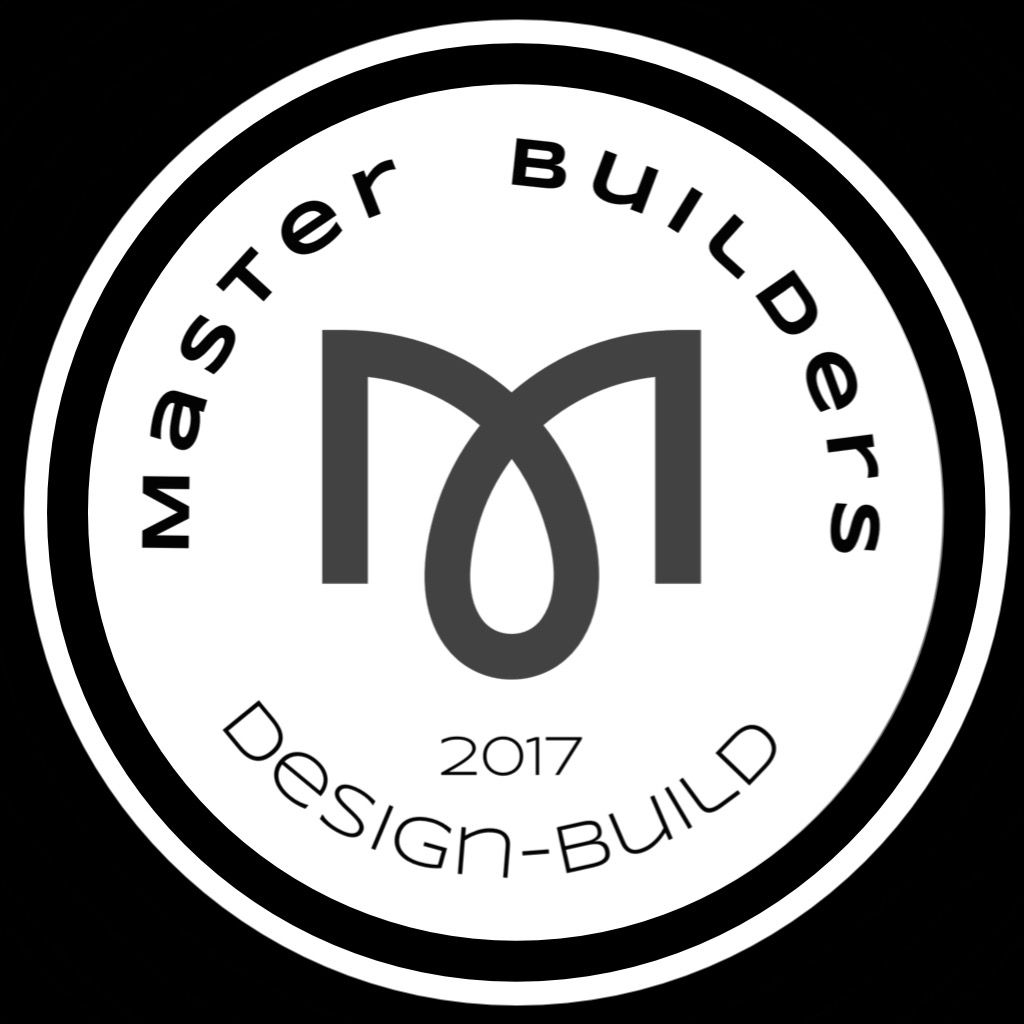The Design Development Process: From Sketches to 3D Models to a set of drawngs
The Initial Phase: Sketching
The journey of design development starts with the humble sketch. Sketching plays a crucial role in translating abstract ideas into tangible possibilities. It allows designers to explore different concepts quickly and efficiently without the constraints of digital tools. During this stage, rough outlines and basic forms are created, enabling designers to visualize the overall structure of the project.
Quick and spontaneous, sketches serve as a brainstorming tool that encourages creativity. They are not meant to be perfect but to capture the essence of an idea. This phase is vital as it sets the foundation for subsequent stages in
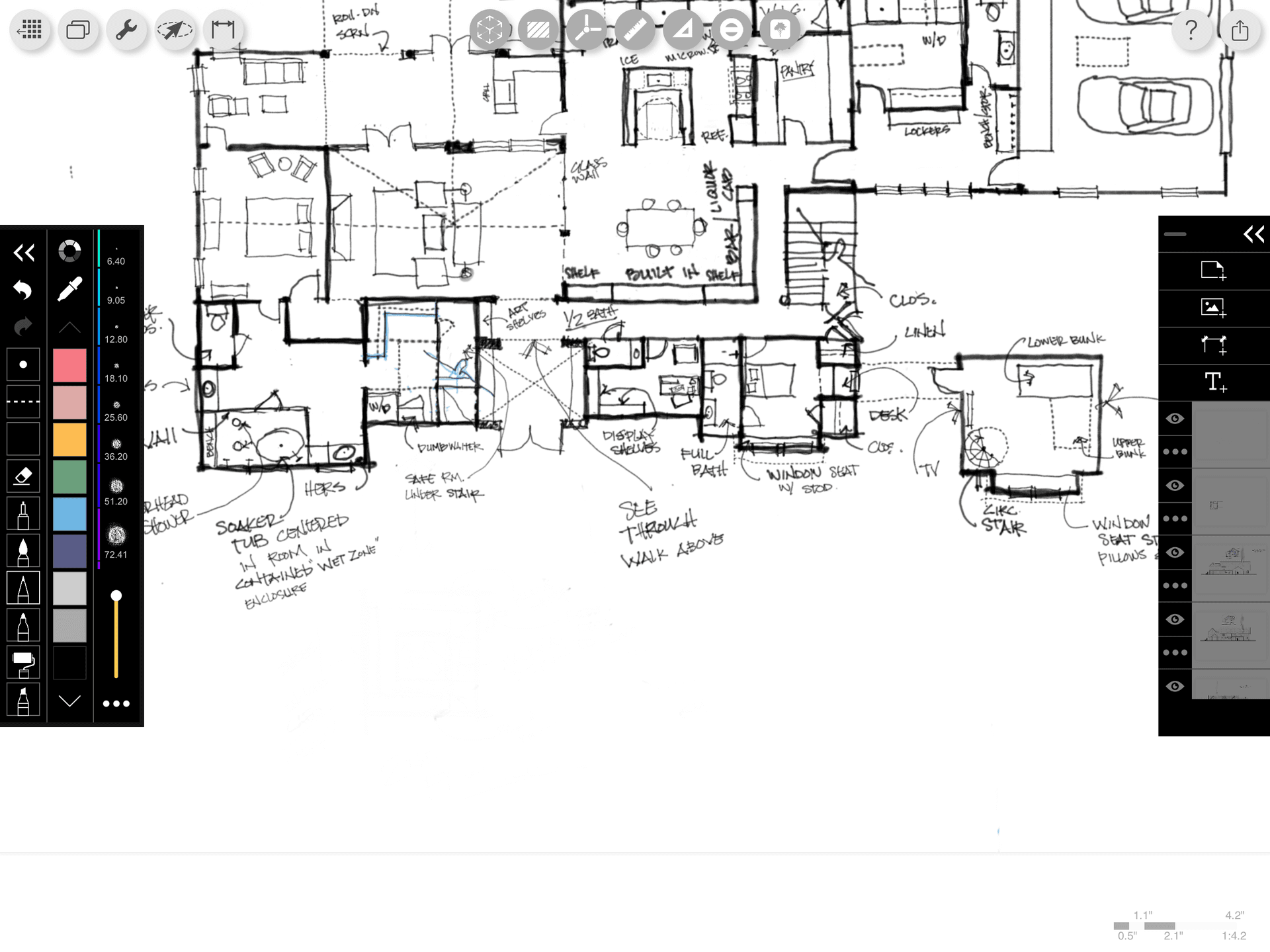
Refinement: Moving to Digital Drawings
Once a solid concept is developed through sketches, the next step is to refine these ideas using digital drawing tools. Software such as Adobe Illustrator or Sketch offers designers more precision and flexibility. This stage involves creating detailed drawings that can be easily adjusted and modified, allowing for greater experimentation with shapes, colors, and textures.
Digital drawings also facilitate collaboration among team members, as they can be easily shared and reviewed. Feedback is crucial during this phase, helping to refine and improve the design before moving on to the more advanced stages.
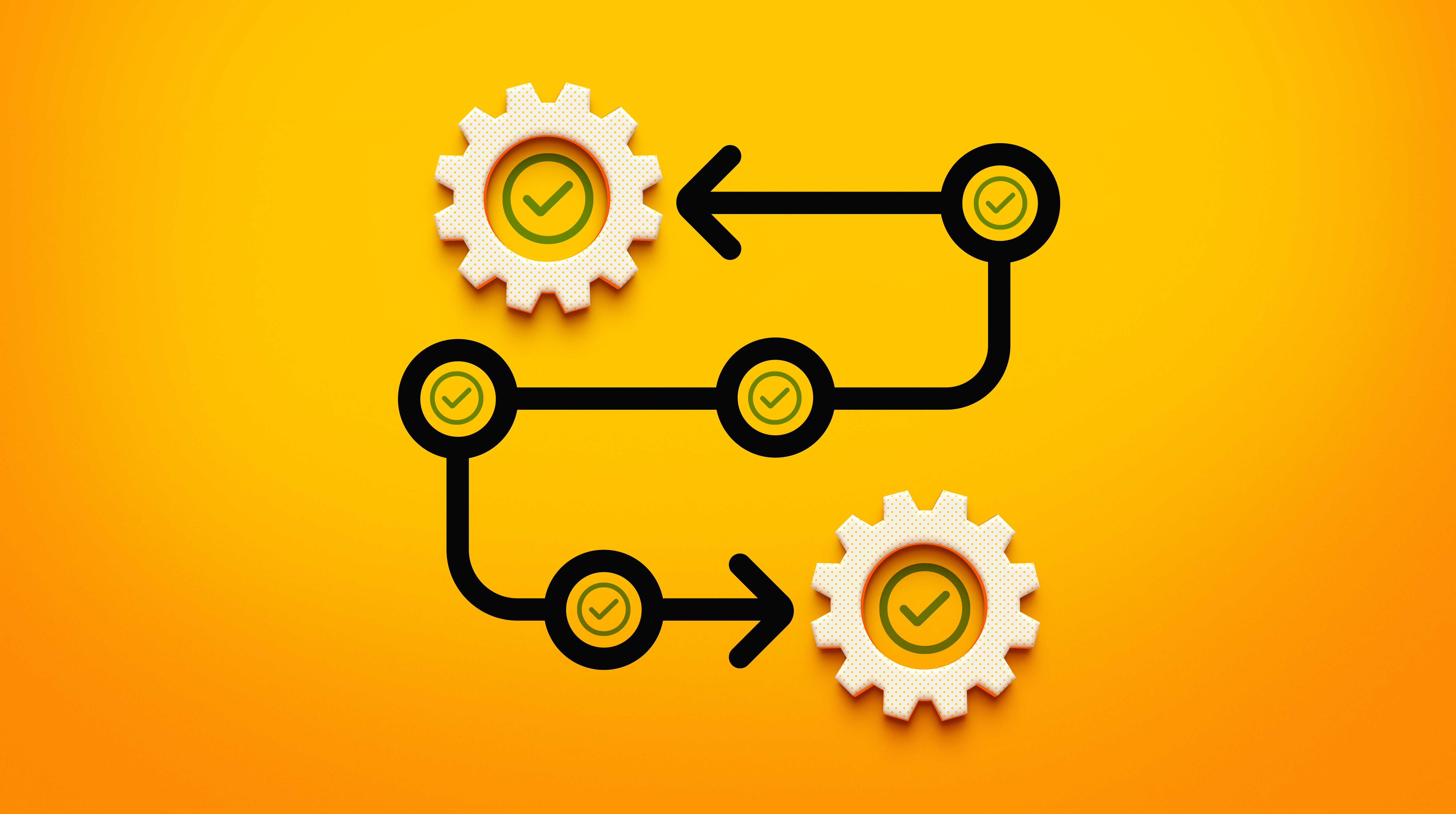
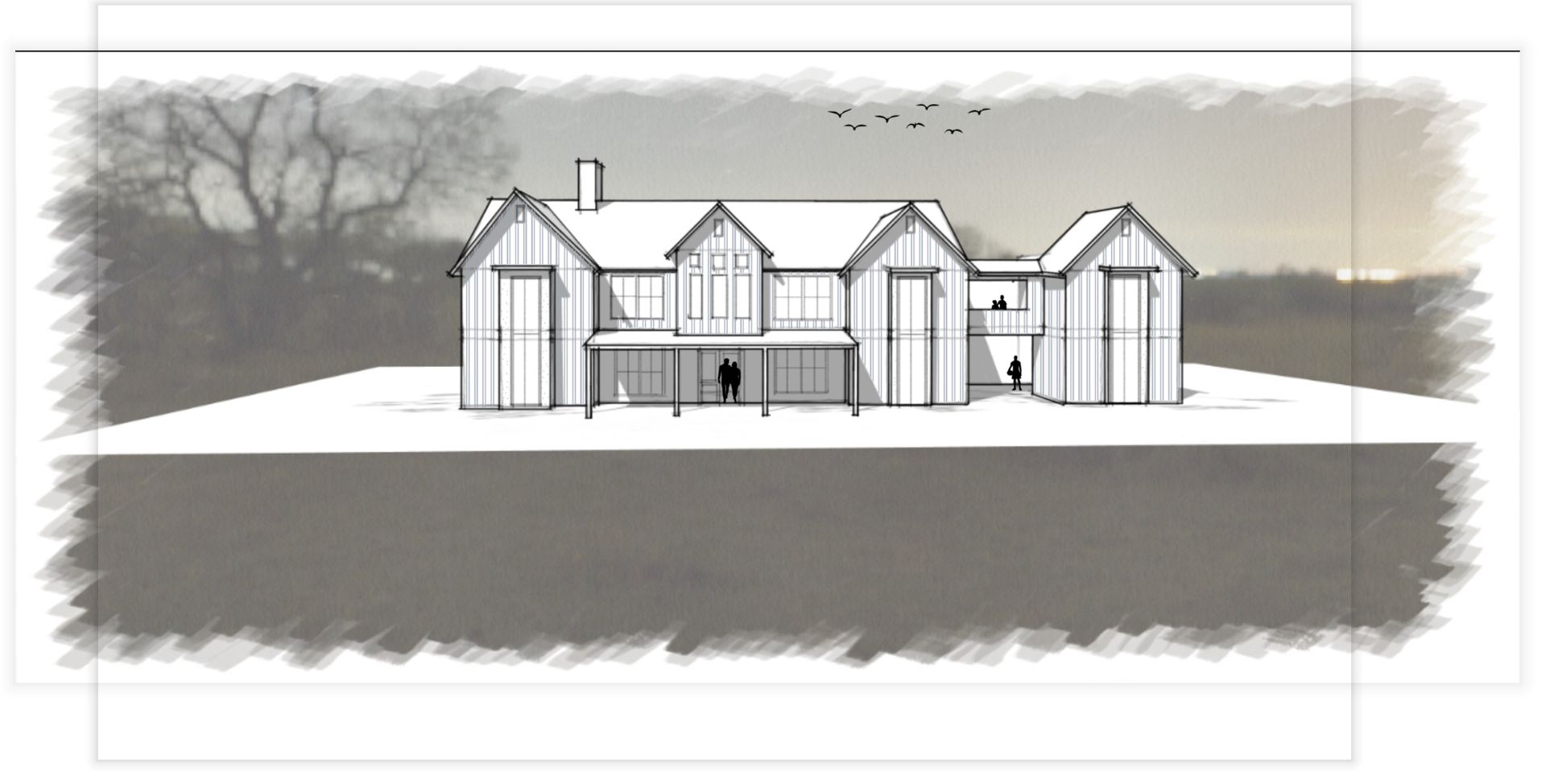
Elevation to 3D Modeling
After refining the designs digitally, the next logical progression is to create 3D models. This transition from 2D to 3D is a significant step that brings designs to life, allowing designers to visualize how the final product will look and function in real space. Software like Autodesk Maya or Blender is commonly used for this purpose.
3D modeling provides a comprehensive view of the design from all angles, enabling designers to identify potential issues that may not be visible in 2D drawings. It also allows for more accurate dimensions and proportions, ensuring that the final product meets the intended

The Role of Prototyping
In some cases, 3D models are transformed into physical prototypes. Prototyping is an essential part of the design development process as it allows designers to test functionality, ergonomics, and aesthetics in a tangible form. This stage often involves various materials and techniques, from 3D printing to traditional model-making methods.
Prototyping is invaluable for identifying any last-minute adjustments needed before production. It provides a realistic sense of scale and usability, which is critical in determining whether the design meets its intended purpose.
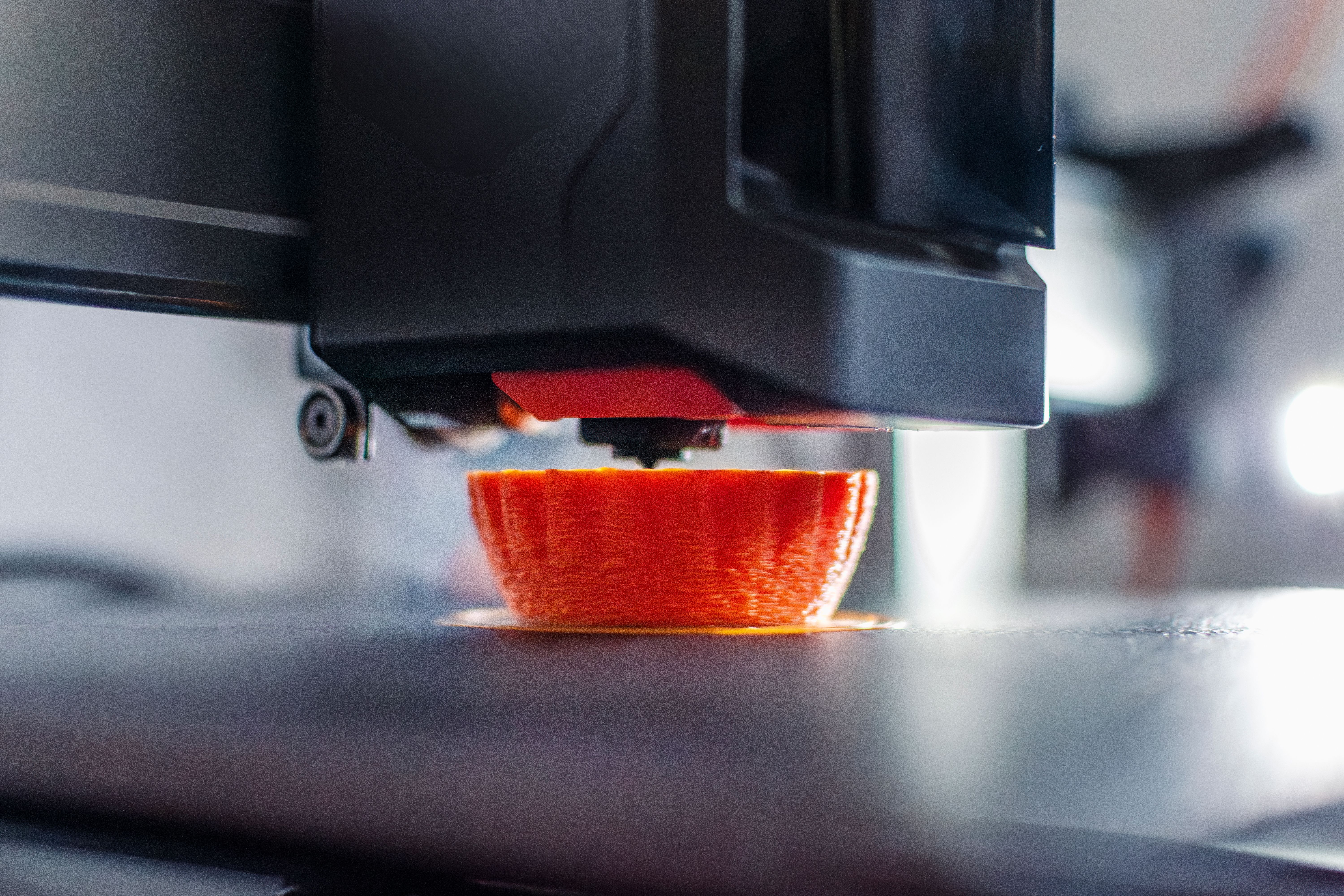
Feedback and Iteration
The design development process is iterative. Feedback from prototypes often leads to further refinements and iterations of the design. This cycle of testing and modifying ensures that the final product is both functional and aesthetically pleasing.
Clients, stakeholders, and end-users can provide valuable insights during this phase. Engaging them in the feedback loop helps align the design with user needs and expectations, increasing the likelihood of success in
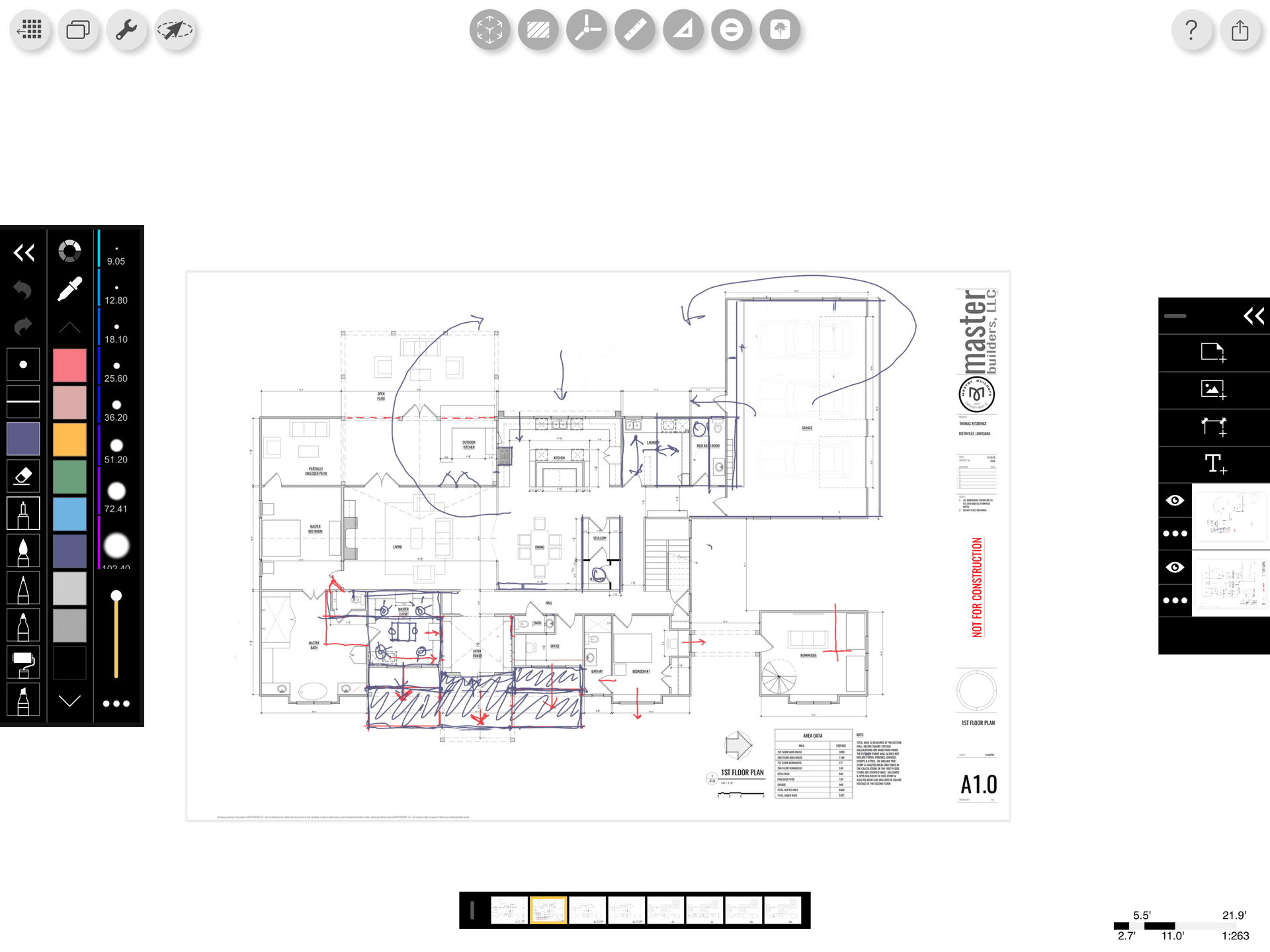
Finalizing the Design
Once all feedback is incorporated, the design is finalized. This stage involves preparing detailed documentation, including technical drawings and specifications necessary for manufacturing or construction. The finalized design serves as a blueprint for production, ensuring consistency and quality.
Finalization marks the end of the design development process but also sets the stage for production and launch. A well-executed design development process not only results in a successful product but also lays the groundwork for future
